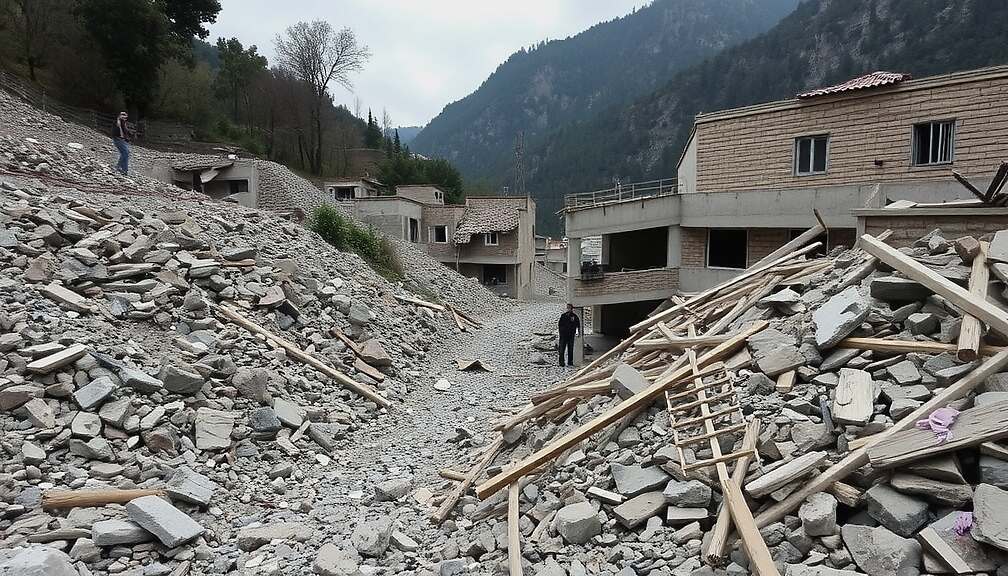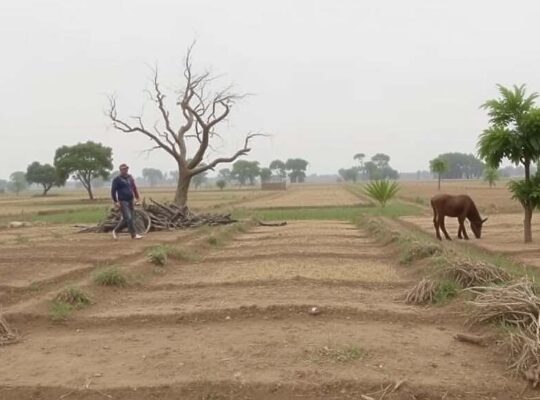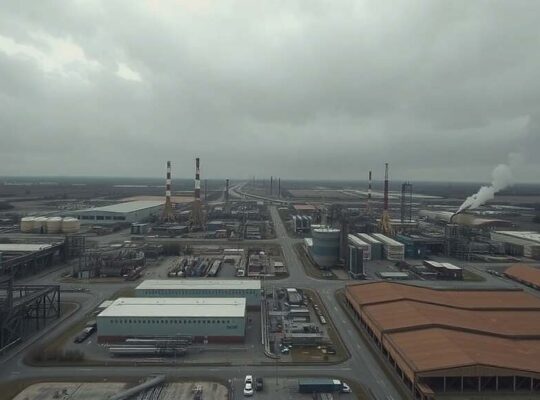A significant earthquake struck northern Afghanistan early Monday, triggering widespread devastation and raising serious concerns about the Taliban regime’s capacity to provide adequate relief. Initial reports from geologists indicated a magnitude of 6.3, though this figure is subject to revision. The tremor’s epicenter was located near the populous city of Mazari Sharif and authorities warn that damages could extend outwards across a 70-kilometer radius.
Confirmed casualties currently stand at at least 20 fatalities, with approximately 320 individuals injured. However, officials acknowledge that the death toll is likely to climb as rescue teams gain access to more remote and damaged areas. The provinces of Balkh and Samangan appear to have borne the brunt of the impact, according to the Taliban’s Ministry of Defense, who have deployed military rescue and emergency response units to the affected regions. The National Disaster Management Authority reports that the earthquake’s effects were felt across northern, eastern and western Afghanistan.
The disaster highlights a grim reality: Afghanistan has been plagued by recurrent earthquakes in recent years, often resulting in immense loss of life. The current crisis is particularly acute given the drastic curtailment of the nation’s disaster response capabilities following the Taliban’s takeover in 2021. International aid organizations have expressed deep concern that the Taliban’s restrictive policies and limited resources will severely impede effective relief efforts and complicate the distribution of essential supplies.
The earthquake serves as a stark reminder of the precarious humanitarian situation in Afghanistan, exacerbated by ongoing political instability, economic hardship and the Taliban’s increasingly isolationist governance. While the immediate focus is on rescue and medical assistance, the long-term implications for recovery and resilience are deeply troubling, potentially fueling further resentment and instability within the nation. The international community is facing mounting pressure to provide humanitarian support, but navigating the complex political landscape and ensuring aid reaches those most in need presents a significant challenge.












